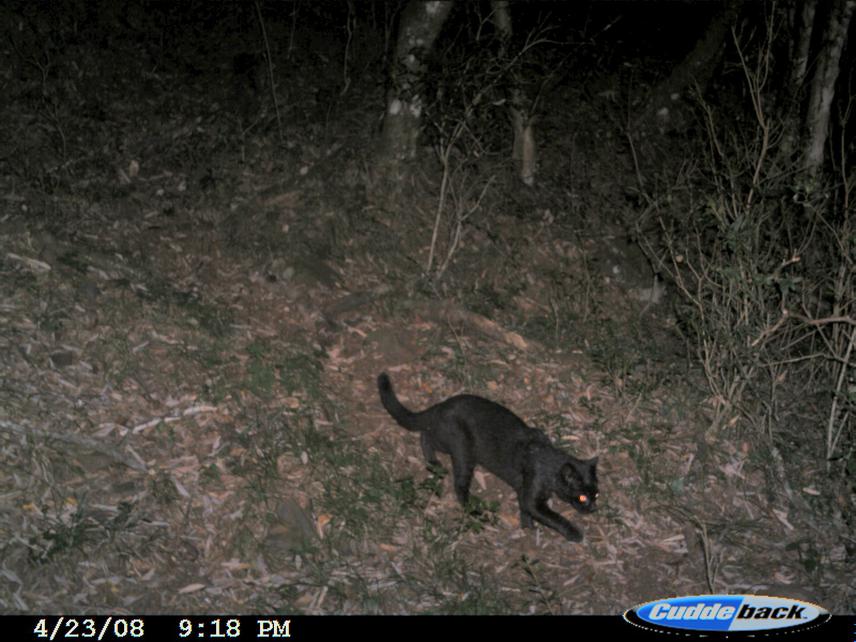Jessica Castro
Other projects
26 Aug 2011
Assessment of the Conservation Status of Montevideo Red Belly Toads (Melanophryniscus montevidensis) in Uruguay
This study describes how mammals respond to different local and landscape characteristics in a human-managed landscape in north-eastern Uruguay.

Valle del Lunarejo is one of the largest forest remnants with the highest plant and animal species richness in Uruguay. The area was recognized by the National Environmental Agency not only for its plants biodiversity with tropical and sub-tropical vegetation but also for the mammal species richness and composition. Mammal’s community includes threatened species and approximately nine species (e.g., Nasua nasua; Sphiggurus spinosus) with their southern limit distribution in Uruguay which are extremely rare in the country. Uruguay is considered one of the less know frontiers for Neotropical mammals.
Although there is a mammal species list for Valle del Lunarejo, there is no information on species richness, composition, habitat use and distribution. These gaps of information are limiting the inclusion of the area within the natural protected area system and the development of effective management strategies for mammal species. In addition, it is unknown how species have been affected by land use changes at different spatial scales. If management priorities are to be set appropriately for the area and in particular for mammal species conservation, it is a priority to understand species habitat requirements, and the most important local and landscape characteristics that are crucial for their persistence in a human-altered landscape.
In this study, I will describe how mammals respond to different local (e.g. vegetation and abiotic factors) and landscape (e.g. % of different land uses) characteristics in a human-managed landscape in north-eastern Uruguay. Species richness and composition of the mammal community will be determined in thirty sites using tracking stations and camera-traps. Multivariate analysis will be used to explain the relationship between mammal species richness and composition with habitat and landscape characteristics.
At the regional scale the project’s results could represent an important tool for the conservation of mammal species near their distribution limits. At the local scale, the protection of the mammal community could represent an “umbrella” where protecting medium and large body size mammal species will indirectly protect other species in this landscape.